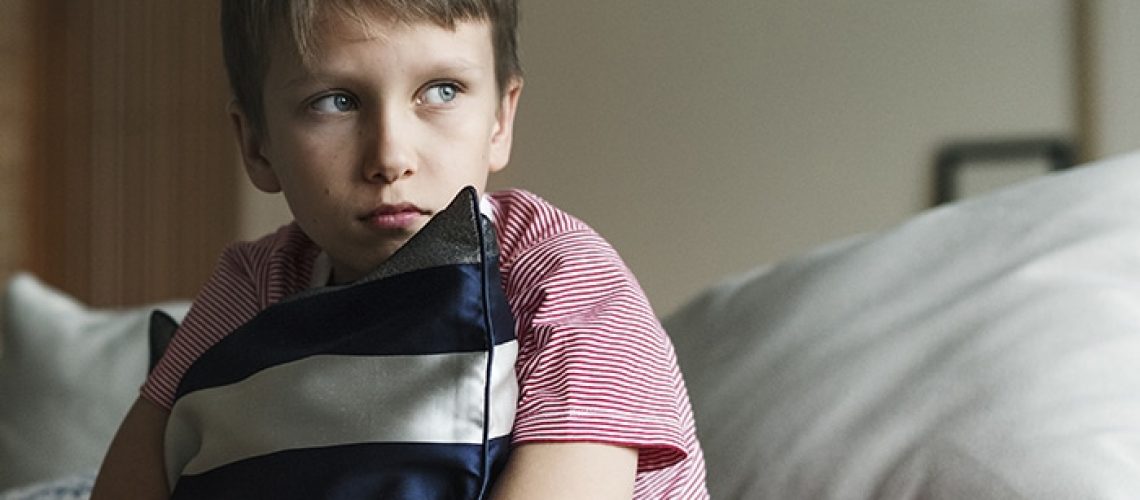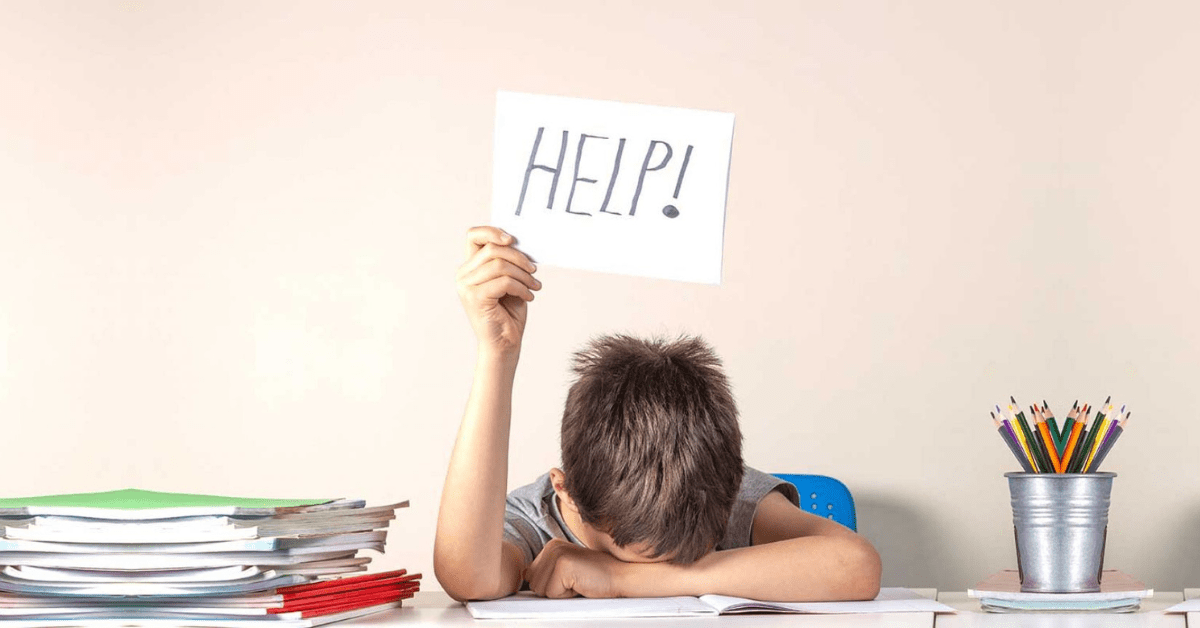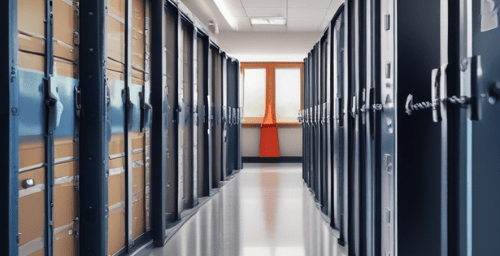The Psychological Effects of Lockdowns on Students

According to a December 26 Washington Post article, over four million American students have experienced a lockdown of some kind during the 2017-2018 school year. This article prompted national headlines and follow articles by major news outlets including Newsweek and The New York Post. As a company focused on making school lockdowns safer for our children and those who teach and care for them every day, this article was obviously concerning, and led us to consider some of these numbers and how we can affect change for these students and staff members.
School Shootings - Heartbreaking Numbers
According to the Washington Post article, over 25,300 American students experienced gunfire on their campus. 25 of these incidents were considered “school shootings”, taking the lives of 33 innocent students and staff members, with 94 shot over the same time-period. These numbers also very by source, with one BBC article stating that there was 163 shooting deaths on campuses across the United States in 2018. These numbers often vary based on the definition of school shootings. We’ll focus on the Washington Post numbers, which are focused on K-12 institutions and were exhaustively collected by the outlet, throughout this article to avoid confusion.
An Epidemic of School Lockdowns - Potential Affects
By simply typing “school lockdowns” into Google, one can see the shear volume of results. Every day in America, over a dozen lockdowns occur on average. According to the Washington Post, on February 23rd, 2018, 67 lockdowns occurred, affecting 50,427 students. Over 6,200 lockdowns occurred in total in 2018, and the vast psychological effects of these incidents are still under investigation.
Children describe the incidents as “terrifying”, and report stomach pain, headaches, and other physical ailments after the events occur. According the the same article, many students are locked down for hours while investigation occurs, with some reporting up to six hours locked down in their classroom, using trash cans as restrooms, and receiving no word of the events taking place outside until they are released by police and can return to normal activity.
The Mayo clinic defines post-traumatic stress disorder as, “a mental health condition that’s triggered by a terrifying event — either experiencing it or witnessing it. Symptoms may include flashbacks, nightmares and severe anxiety, as well as uncontrollable thoughts about the event.” It seems evident that school lockdowns can create these types of symptoms in students.
Cited by the Washington Post, psychologist Franci Crepeau-Hobson states that a lockdown that doesn’t involve a shooting on campus can still create a reaction in students similar to if an active shooter event had occurred. She states that after responding to two separate incidents, one in which a student was fatally shot in 2003, and one in which a robbery homicide took place off-campus, but triggered a lockdown, that after the lockdown triggered by the off-campus event, “the school did little to ensure that its students felt okay, though many didn’t. Teens suffered from stomach pain and headaches. Some struggled to focus in class. Others couldn’t sleep.” These symptoms may cause no long term effect for most students, but some likely will according to Campus Safety Magazine.
No Simple Answer
Schools across the country are dealing with how best to balance the need to take every threat seriously with the mental health of their students. While the importance of reacting to threats is clear, it’s also clear that one of the key elements missing during many of the lockdowns seen each day is communication, including when the scenario is a lockdown drill, not an actual threat. Based on the Washington Post research, up to 61% of lockdowns are related to firearms, but many of those lockdowns are due to guns near the campus or anonymous threats made to the school.
It’s important to communicate that information to students and staff so they understand that they may not be in immediate danger, but that preventive measures are being taken, which can alleviate stress in these terrifying scenarios. The students who sheltered in their classroom for six hours was caused by an anonymous threat written on a note. Police with dogs searched every locker and students who heard doors slamming thought the noises were possibly gunfire. No weapon was ever found in that event.
Had police had the ability to communicate with students campus-wide and received their feedback as well, they may have been able to avoid a great deal of the stress that was experienced that day by students. Another separate concern is the stress caused by lockdown drills.
At the LockOut Company, we believe drills are vital to protecting students and staff during a real lockdown, which we’ve written about in the past, however, it’s important that care is taken during these drills to reduce the potential stress they may cause to students.
The National Association of School Psychologists have released guidelines on mitigating student stress during a lockdown, which includes during drills. The NASP agrees that drills are important to preparing for the potential for a real lockdown, while also explaining to students, especially those younger students, that the situation they are preparing for is rare, and that what they are doing is a drill and that they aren’t in danger. If a live lockdown does occur, follow up and post-event counseling becomes vital to the mental health of the students involved. Working with local law enforcement to plan for a lockdown, ensuring that the school has an effective plan and system in place, and ensuring that communication during the event, be it a live situation or a drill, are all important steps in mitigating the psychological effects of a school lockdown.
Steps Forward
Protecting our students and staffs that care for them in the event of a lockdown, especially one triggered by a worst-case scenario such as an active shooter, must always be our utmost priority, however, considering the mental health of our children must also be a priority. As we try to protect them from violence, we must also protect them from the psychological effects due to the stress caused by these incidents. By working with local law enforcement, lockdown professionals, training groups such as A.L.I.C.E, and by following guides including the Best Practice Considerations for Schools in Active Shooter and Other Armed Assailant Drills, schools can work to mitigate both the potential physical damage caused by a real threat, and the psychological damage of the lockdown itself.
The world can seem like a scary place for students at times, and even though statistics state that schools are still safe places, students, especially children, don’t always feel that way. It’s our job as parents, teachers, administrators, and safety companies to not only protect them, but also to do everything possible to help them feel safe.


